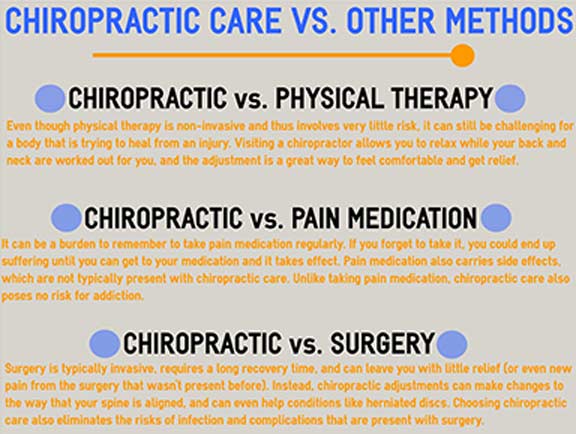Prepare To Explore The Interesting World Of Mobile Interactions In Cold Laser Treatment And Just How It Makes Use Of Light To Facilitate Recovery. Take A Deeper Study The Clinical Aspects!
Prepare To Explore The Interesting World Of Mobile Interactions In Cold Laser Treatment And Just How It Makes Use Of Light To Facilitate Recovery. Take A Deeper Study The Clinical Aspects!
Blog Article
Uploaded By-Dougherty Hutchison
You may have come across cold laser treatment as an encouraging treatment alternative for numerous problems, yet have you ever wondered how it really works with a cellular level? Comprehending the devices behind this treatment can shed light on its performance in advertising recovery and decreasing inflammation. By exploring the scientific research behind cold laser treatment, you'll acquire understandings right into the interesting ways in which light can affect cellular processes and promote tissue repair service.
How Cold Laser Therapy Functions
To comprehend just how cold laser therapy works, you require to realize the essential concepts of how light power engages with organic tissues. Cold laser treatment, additionally known as low-level laser therapy (LLLT), uses particular wavelengths of light to permeate the skin and target hidden tissues. Unlike the intense lasers utilized in surgeries, cold lasers send out low levels of light that don't create warmth or cause damage to the tissues.
When these mild light waves reach the cells, they're absorbed by parts called chromophores, such as cytochrome c oxidase in mitochondria. This absorption sets off a series of organic actions, consisting of increased cellular energy production and the launch of nitric oxide, which enhances blood flow and lowers swelling.
In addition, the light energy can likewise boost the production of adenosine triphosphate (ATP), the energy currency of cells, helping in cellular repair service and regeneration procedures.
Basically, cold laser therapy harnesses the power of light power to promote healing and relieve pain in a non-invasive and mild manner.
Devices of Action
How does cold laser therapy actually function to generate its therapeutic effects on organic cells?
Cold laser treatment, also called low-level laser treatment (LLLT), runs with a procedure called photobiomodulation. When the cold laser is related to the skin, the light power penetrates the cells and is taken in by chromophores within the cells.
These chromophores, such as cytochrome c oxidase in the mitochondria, are after that promoted by the light energy, bring about a cascade of biological responses. One essential system of action is the enhancement of cellular metabolism.
The absorbed light energy raises ATP manufacturing in the mitochondria, which is essential for cellular feature and repair service. Furthermore, cold laser therapy assists to reduce inflammation by inhibiting inflammatory mediators and promoting the release of anti-inflammatory cytokines.
This anti-inflammatory impact adds to discomfort alleviation and tissue healing.
Healing Impacts
Understanding the therapeutic impacts of cold laser therapy entails recognizing just how the enhanced cellular metabolic rate and anti-inflammatory residential or commercial properties contribute to its positive results on biological tissues.
When the cold laser is related to the afflicted location, it boosts the mitochondria within the cells, bring about raised manufacturing of adenosine triphosphate (ATP), which is critical for cellular feature and fixing. This boost in cellular power increases the recovery procedure by advertising cells regrowth and lowering inflammation.
In cool laser london , the anti-inflammatory properties of cold laser treatment help to lower discomfort and swelling in the targeted location. By inhibiting inflammatory arbitrators and promoting the release of anti-inflammatory cytokines, cold laser treatment aids in minimizing discomfort and improving the total healing feedback.
This decrease in swelling not just provides immediate relief but additionally supports lasting tissue repair.
Verdict
In conclusion, cold laser therapy functions by stimulating mobile fixing and tissue regrowth through photobiomodulation. Its anti-inflammatory homes offer pain relief and reduce swelling by preventing inflammatory moderators.
This therapy uses a comprehensive strategy to recovery, supplying both instant alleviation and lasting tissue repair advantages.
Through cold laser therapy training of action, cold laser treatment verifies to be a reliable and promising treatment alternative for a variety of problems.
